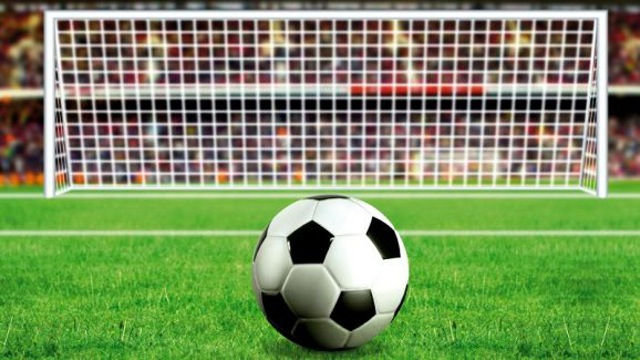Moneyballing algorithm identifies most overpaid footballers in Europe
Lionel Messi tops the list

Some football players earn ridiculous salaries, while others in the same squad earn much less. Teams justify those salaries by pointing at performance on the pitch, but a new computer model suggests that the gap between performance and pay is larger than many realise.
Computer scientists at Lawrence Technological University used machine learning and data science to analyse the salaries of 6,082 professional European football players. They assembled a set of 55 attributes that reflect each player's skills.
Attributes included performance (such as scoring and passing accuracy), behaviour (for example aggression and vision), and abilities (like speed, acceleration and ball control).
Most overpaid
Each player was then assigned a salary based on those skills, in comparison to the skills of all others playing the same position, which was subsequently compared to the player's real-world salary in the 2016-2017 season. The results showed that Lionel Messi should be the world's highest-paid player, followed by Cristiano Ronaldo, Luis Suarez, Neymar, David De Gea, and Mesut Oezil.
However, the model estimated that Messi's salary should be about €234,000 - which is less than half of his actual weekly wage. The sheer size of the gap makes him the world's most overpaid football player in comparison to others. Messi was followed in the most-overpaid list by Angel Di Maria, Robin Van Persie, Ivan Rakitic, and Nicolas Otamendi.
The model was also able to identify the most underpaid players. Top of the list was Bernado Silva, whose estimated deserved salary was €100,000 higher than what he actually received from Monaco in the 2016-17 season. Other underpaid footballers included Harry Kane, Granit Xhaka, Timo Horn, and Paco Alcacer.
Strength alone
The underpaid players tended to perform better than overpaid players in their agility, acceleration, speed, balance, and their ability to track the position of the other players. The overpaid players tended to have an advantage in strength alone.
Sign up for breaking news, reviews, opinion, top tech deals, and more.
The researchers, Lara Yaldo and Lior Shamir, warned that the model only takes skill into account - and not factors like broadcasting rights and merch sales that could offer other incentives to pay a player more. But they said that they hoped it might help reduce salary inequality, which has a negative effect on player performance, and simplify the negotiation process.
The full details of the study were published in the International Journal of Computer Science in Sport.
